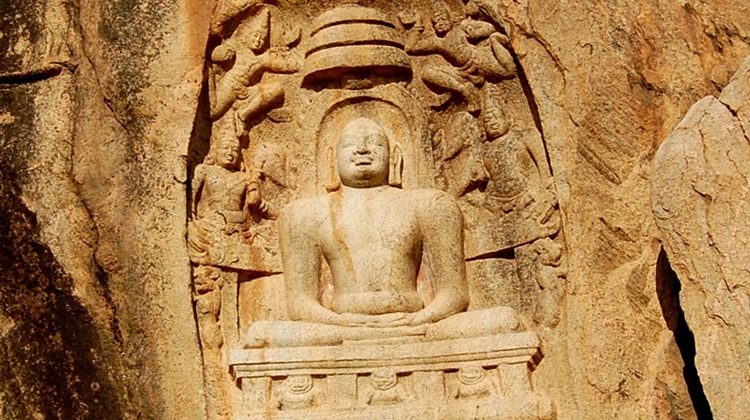- Home
- Madurai Specials
- Samanar Hills
Samanar Hills

Samanar Hills
Samanar means Jain in Tamil and malai means hill. This hill has caves where Tamil Jain (Samanar) monks lived. The hill was also known as Thiruvuruvagam.
Samanar Malai has several Tamil-Brahmi inscriptions, a number of stone beds and many sculptures, which shows authority for Jainism in the ancient Tamil country. The hill contains two famous sculptures, Settipodavu and Pechipallam, that show images of Jain Tirthankaras made by Jain monks in the 9th century BCE. The Settipodavu contains the image of Mahavira, the last tirthankara of Jainism. The Pechipallam contains eight sculptures, including Bahubali and Mahavira.
Archaeologists have also found 2000-year-old Tamil-Brahmi inscriptions and Vatteluttu writings. The inscriptions reveal that hundreds of Jain monks took sallekena (fast unto death) there. There are flat rocks, called stone beds, used by the monks to take rest.
The findings through the Tamil and Kannada inscriptions show that there was a Jain monastery at the top of the hill known as Maadevi Perumpalli. The Maadevi Perumpalli was an educational academy in which both Jain monks and nuns studied. The kings from the Pandyan Dynasty, who ruled Madurai, visited the academy. The Kannada students and senior monks from Shravanabelagola also stayed there.
In the foothills, there is a Karuppanasamy temple and lotus pond. Some idols made by Jain monks are in Karuppanasamy temple. The caves in the hill have been damaged by illegal quarrying in the region.
Dont forget to taste our delicious " Madurai Famous Jigarthanda " during your visit to Samanar Hills at one of our ORIGINAL FAMOUS JIGARTHANDA retail outlets which is running since the year 1977.

